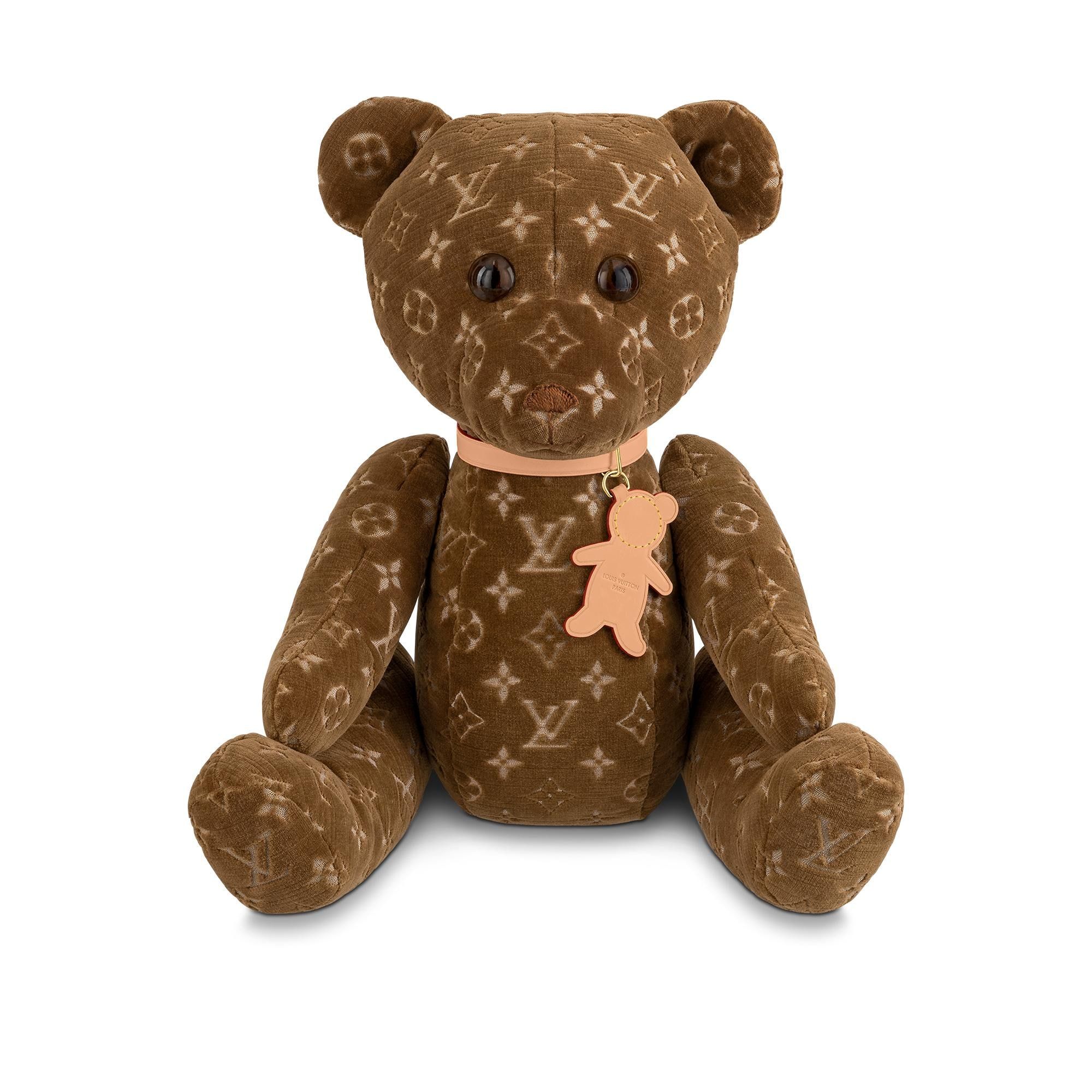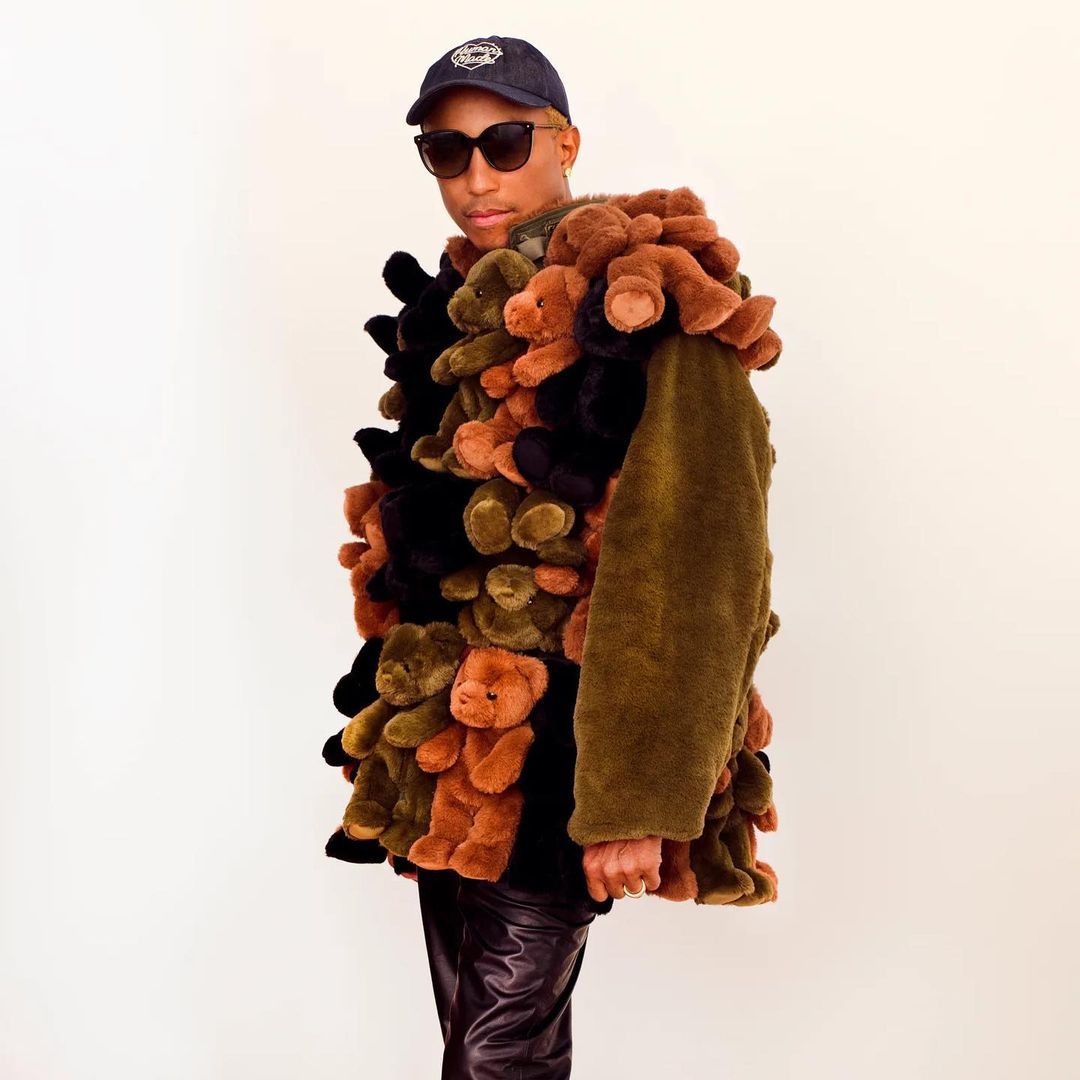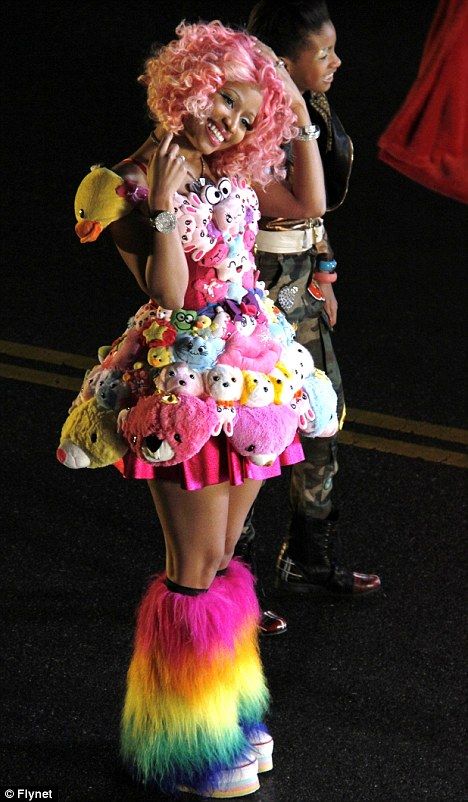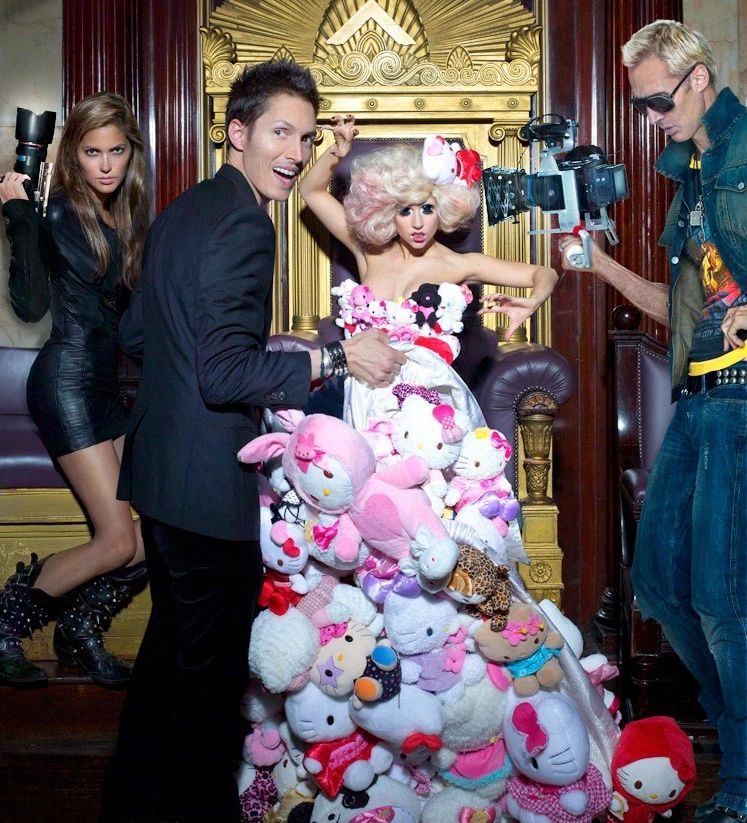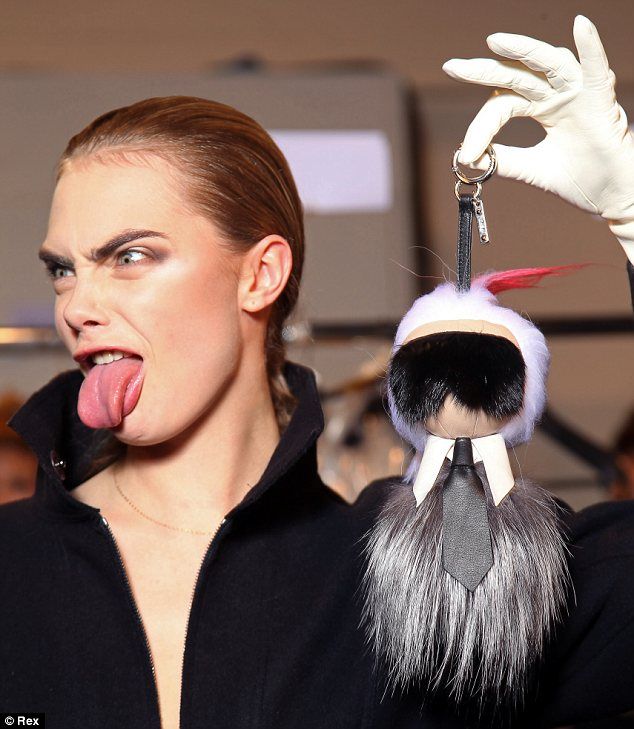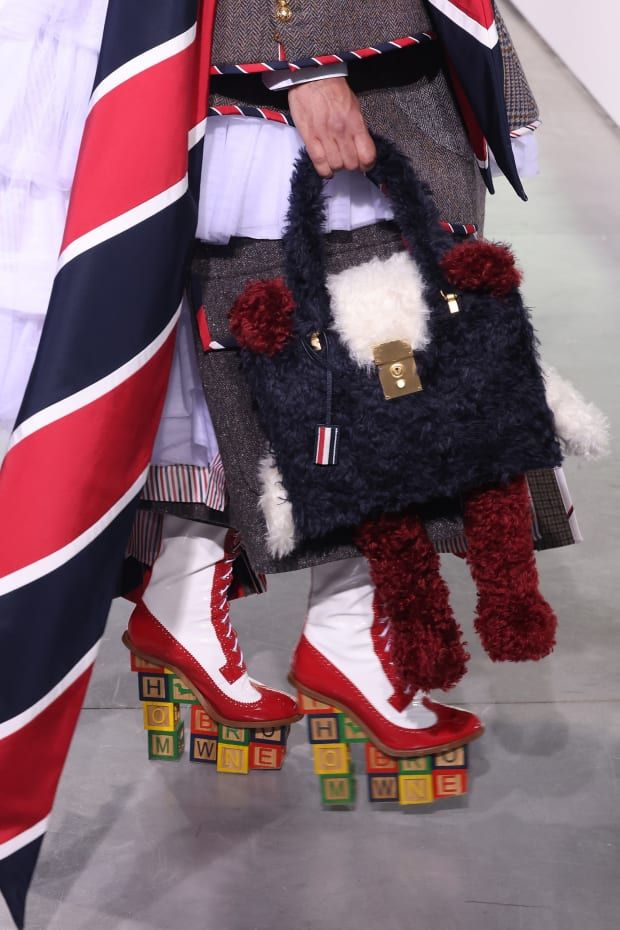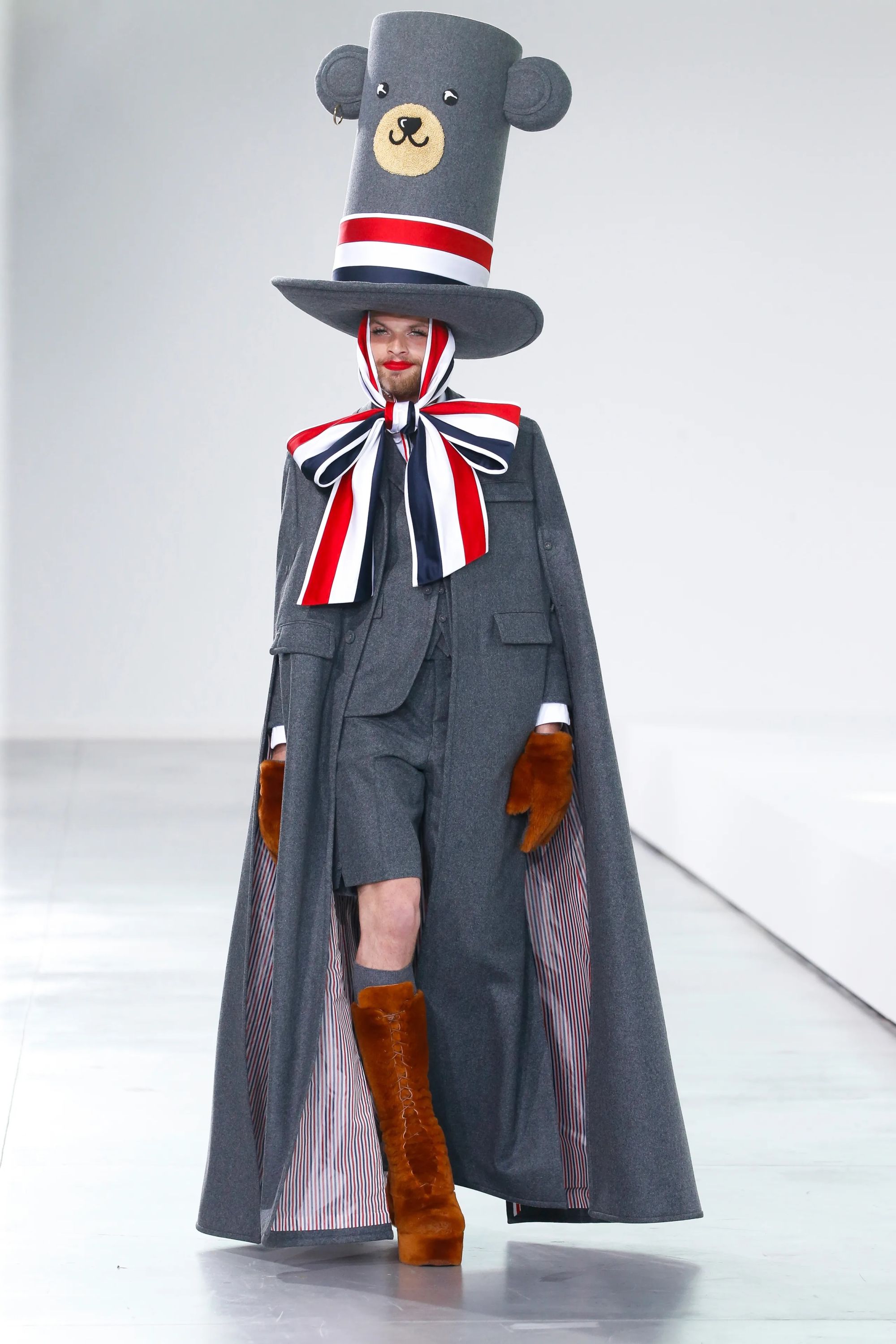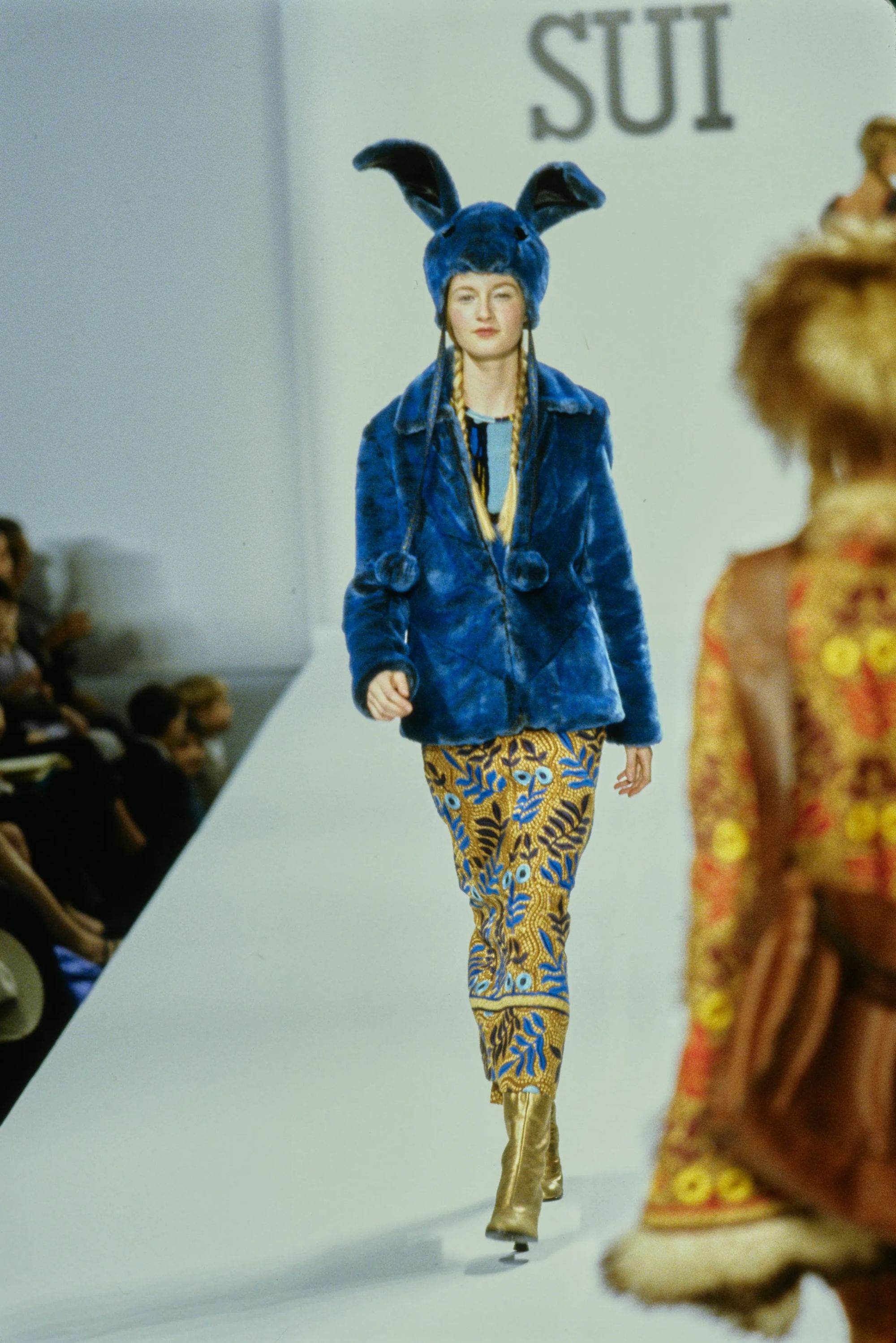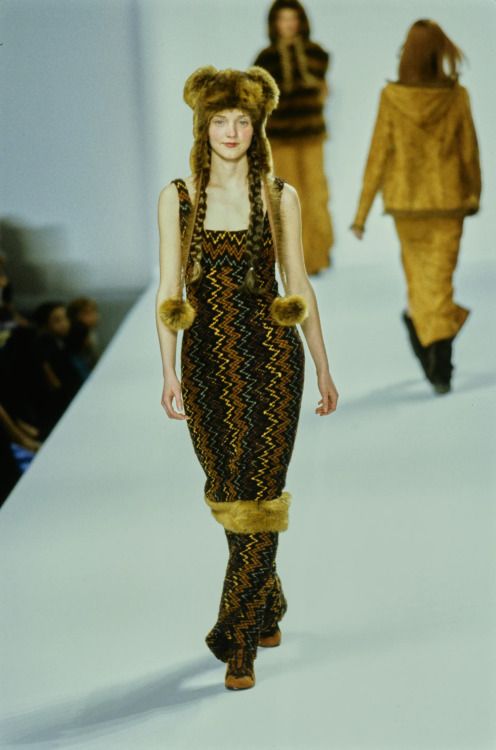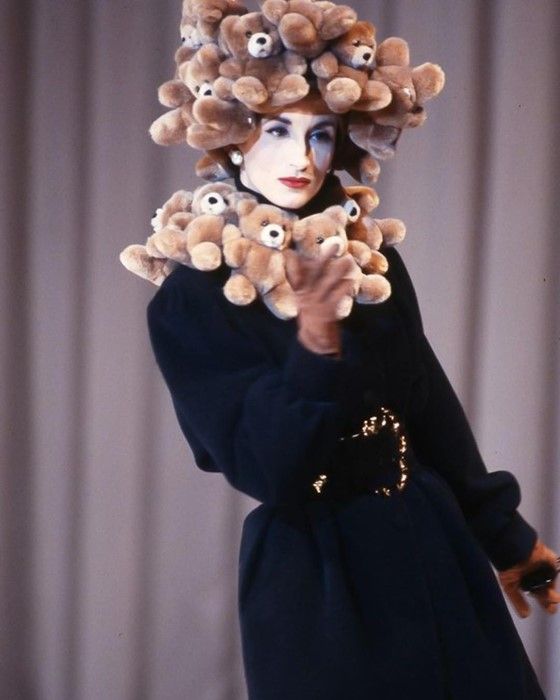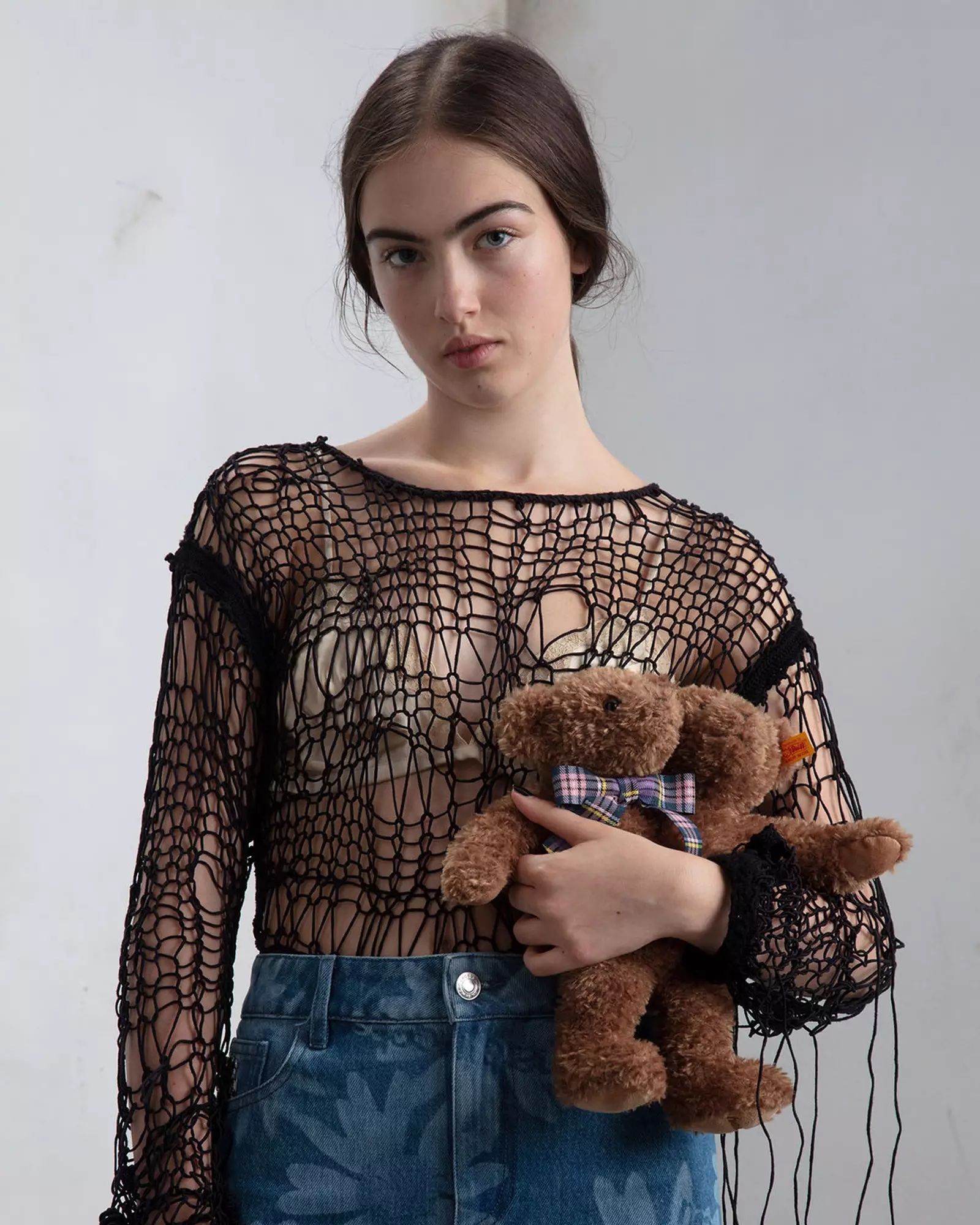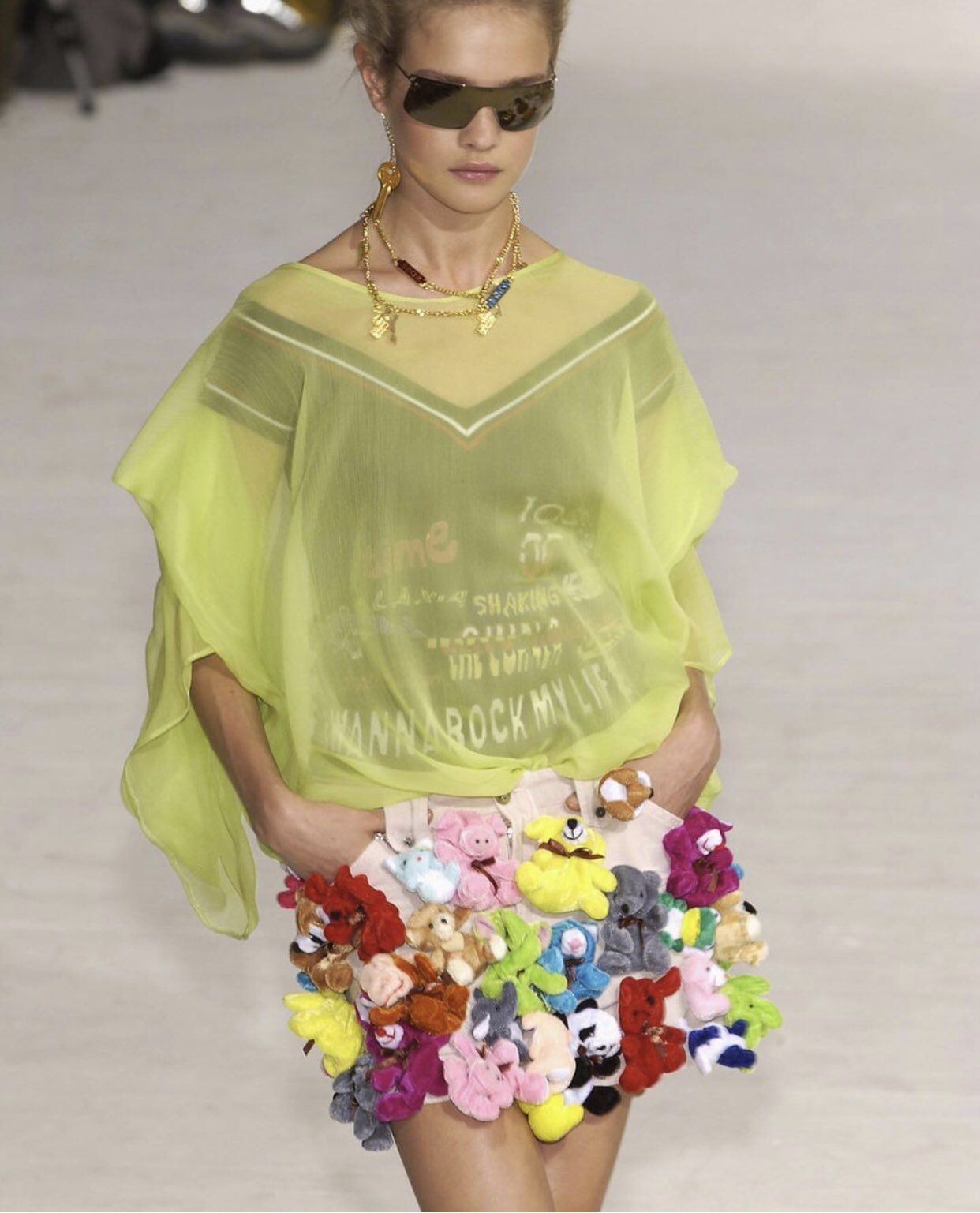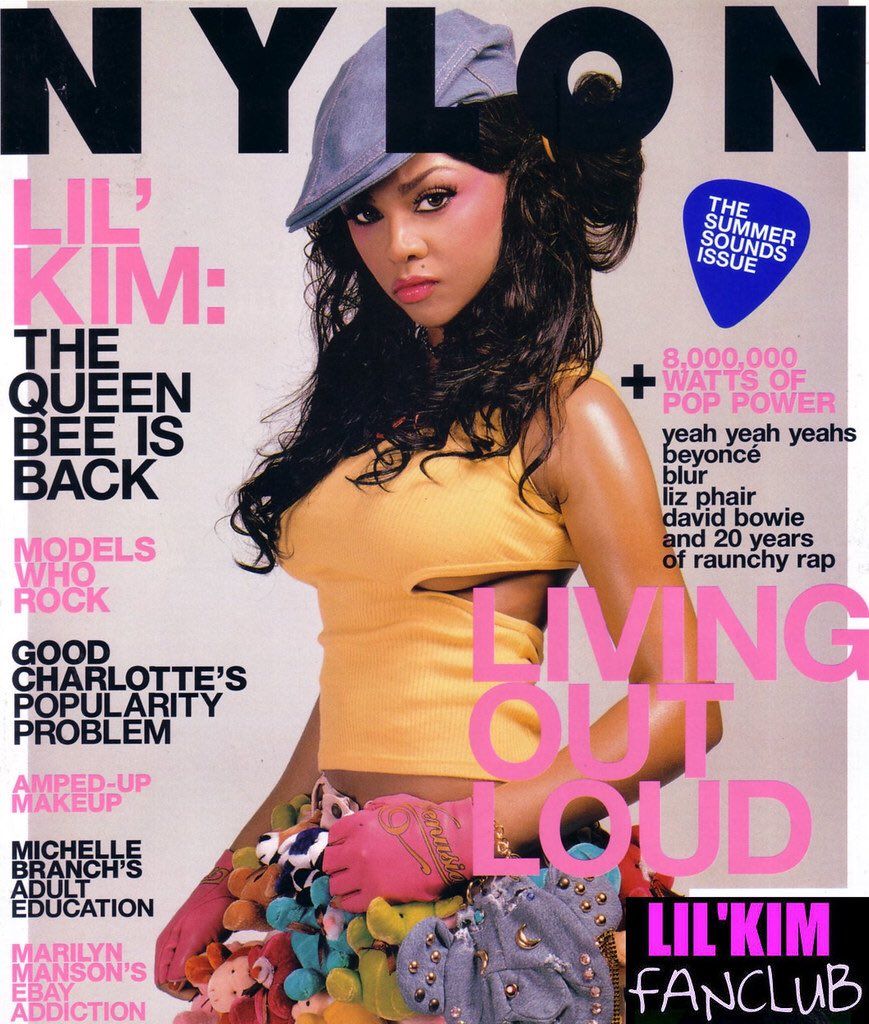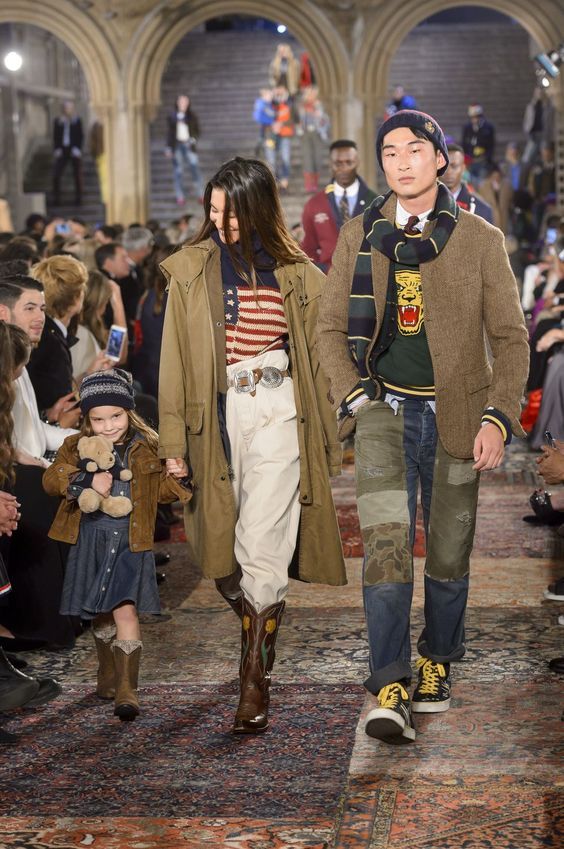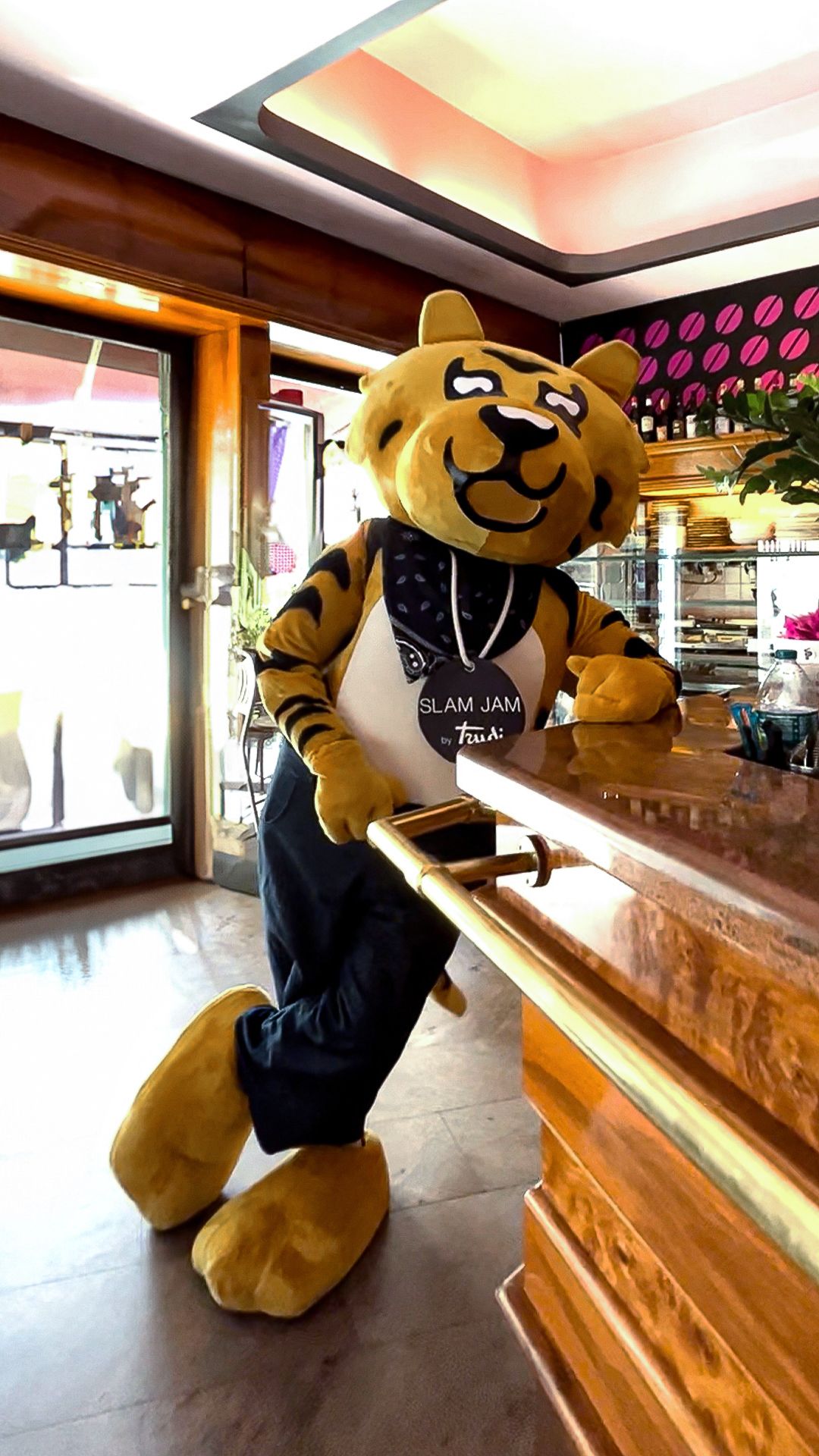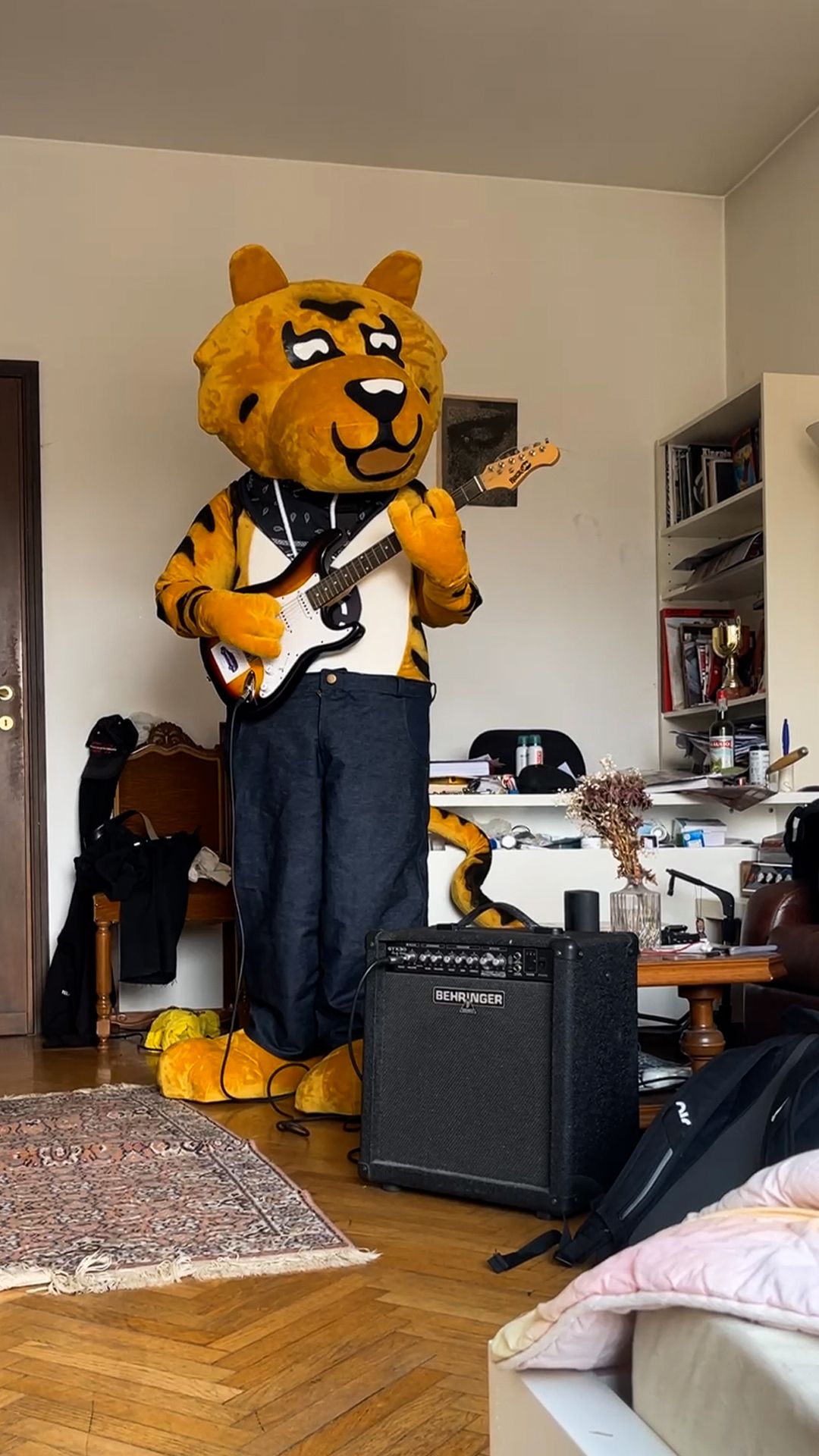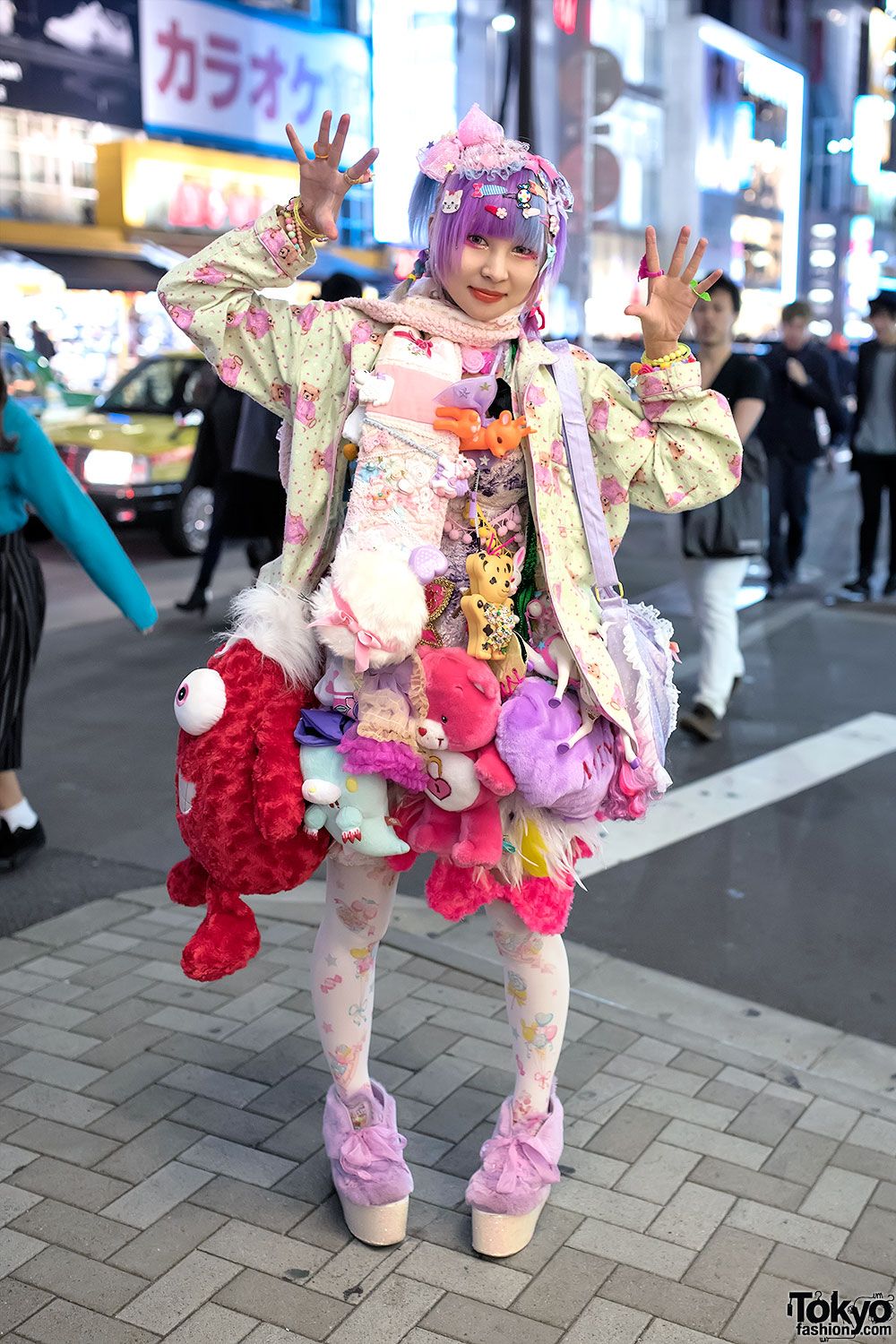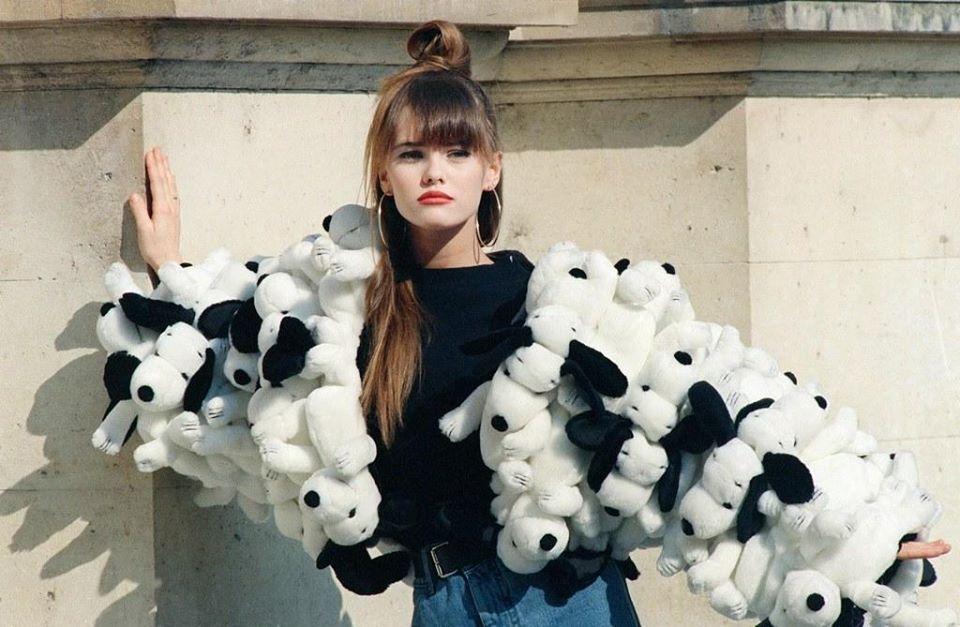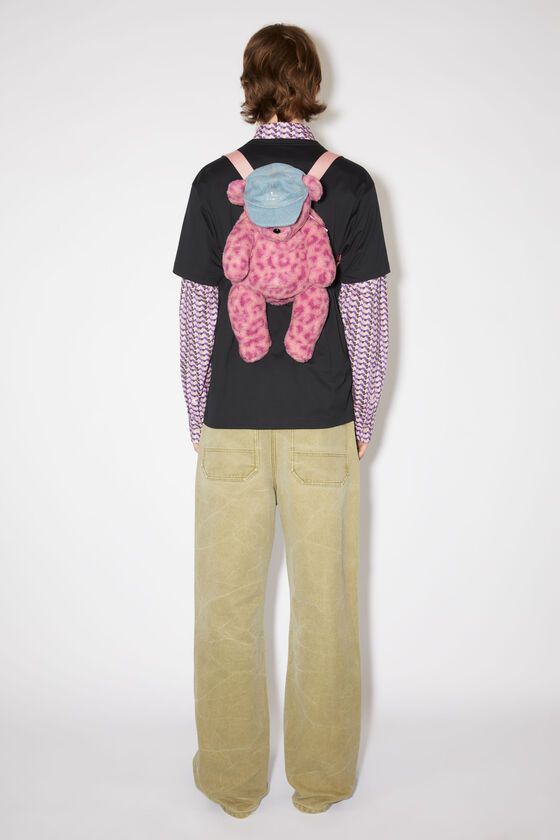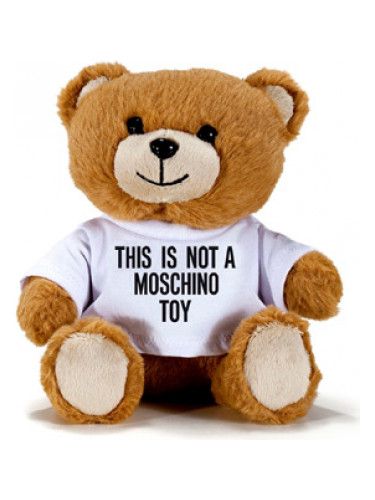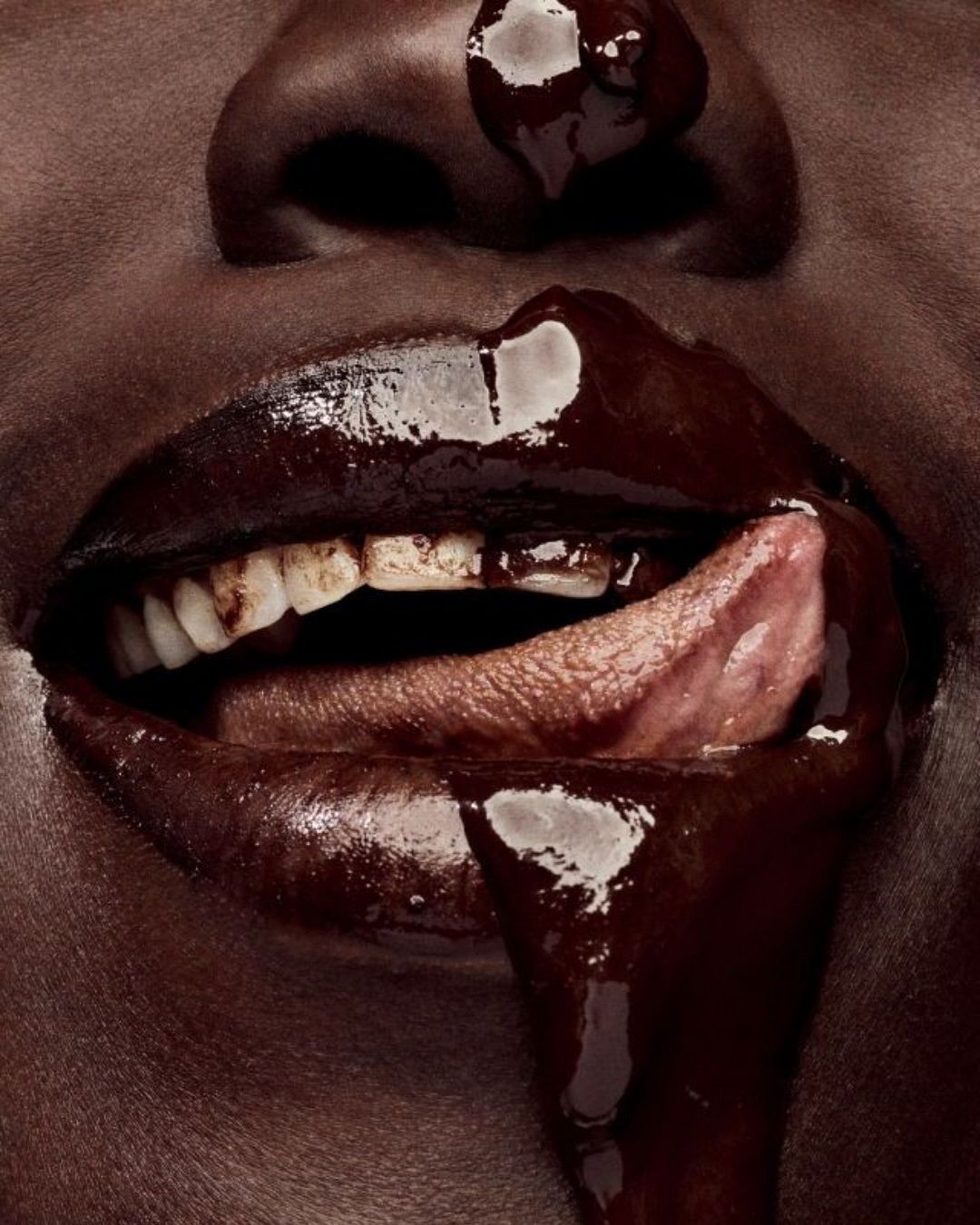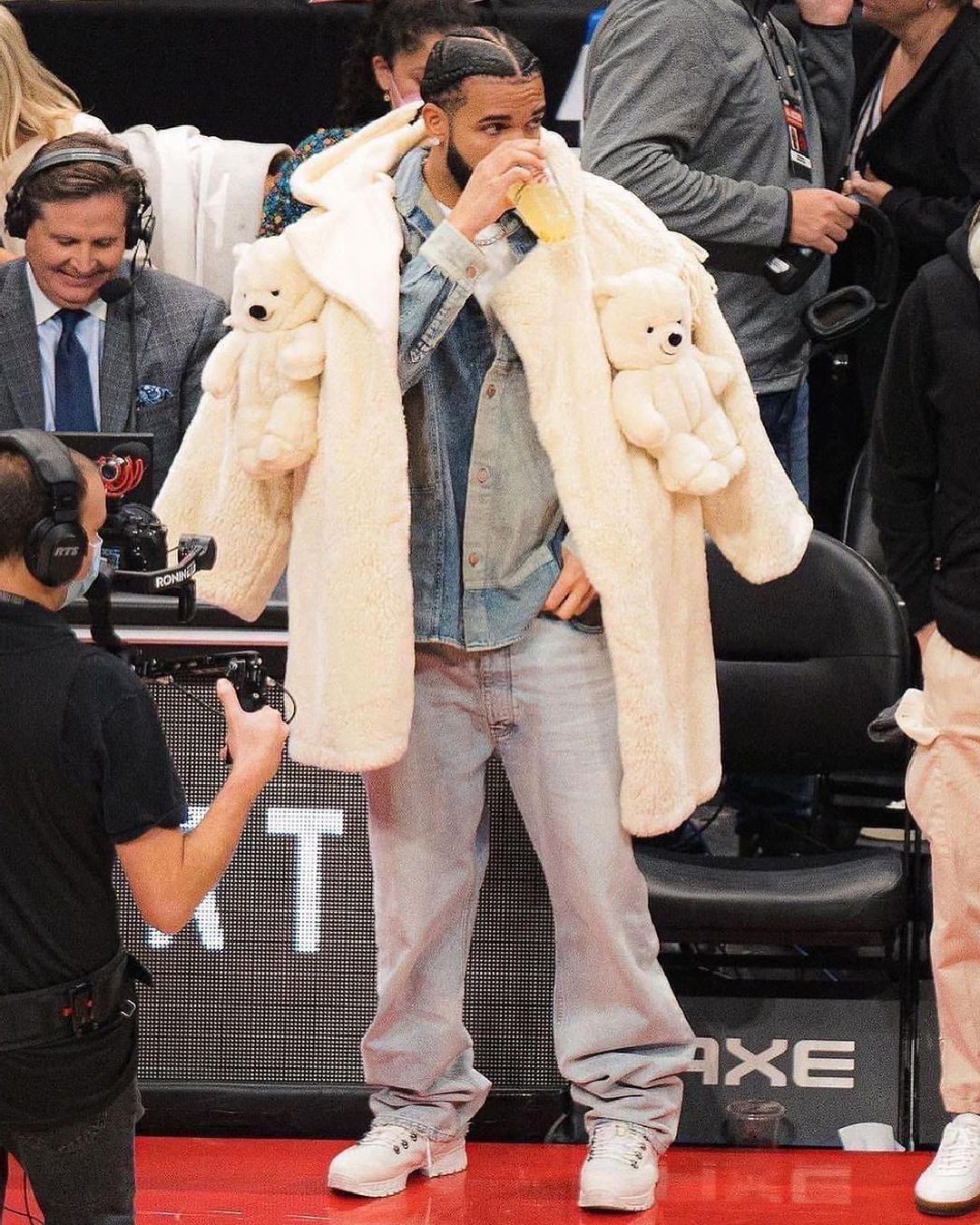
The nostalgic appeal of soft toys in fashion Comfort and escapism on the catwalk
When designers decide to poke fun at the fashion system and the seriousness with which it is portrayed by the media, often the key they choose to use is the design of toys and garments that evoke the world of childhood, a cute idea that finds its true roots in the Japanese district, cradle of kawaii culture, Harajuku. Now an undisputed trend even on TikTok's For You Page, where the hashtag #plushtoy has accumulated more than 3 billion views, plush toys have become the perfect weapon for brands and creative directors to attract attention, an impactful trick that makes consumers travel back in time to the sweetest memories of their past. The looks inspired by children's favourite items are countless and continue to give rise to original collaborations; most recently Slam Jam x Trudi, a reproduction of the Italian sportswear brand's tiger mascot signed by the iconic plush toy brand.
Although the idea has sparked scandal and controversy in recent times - see Balenciaga - teddy bears are brands' favourite toys. First and foremost Moschino and Ralph Lauren, who have turned the cute animal into a veritable trademark: the former during founder Franco Moschino's first collections in the 1980s, on black sheath dresses and jackets, and then in 2013 by Jeremy Scott for the perfume «This is not a Moschino Toy»; Ralph Lauren since 1990, when, after receiving a Steiff teddy bear dressed in a total polo outfit as a gift, the American designer had the idea of integrating it into his collections - life imitating art and vice versa, in short. In the same years, long before Lily Rose Depp bewitched the younger generation with her Lolita-inspired look, mum Vanessa Paradis walked the runway for Jean-Charles de Castelbajac in a coat entirely covered in Snoopy-shaped toys, a typical design of the French designer taken up this year by Castelbajac in a collaboration with Pharrell's auction house, Joopiter.
In the 1990s, puppets and stuffed animals had completely disappeared from the catwalks, given the essential and minimalist style of the time, but with the arrival of the Naughties' unruliness, fashion decided to fish them out of the boxes of memories, starting to use them for increasingly daring designs. Anna Sui's FW98 collection looked, for example, at the typical disguises and masks worn by children, with plush hats in the shape of a crocodile, a teddy bear, a bunny and a wolf. Backstage at the fashion show, the designer had explained to Vogue that she had been inspired by old children's book illustrations and a sentence a teacher once told her when she was younger: «You are too old to be reading fairy tales.» A few years later, prompted by a wave of nostalgia perhaps triggered by the arrival of the new millennium, the Dolce&Gabbana designer duo presented at the SS03 show a denim mini-skirt covered in little animals sported the same year by Lil Kim on the cover of Nylon Magazine, while in 2005 the then artistic director of Louis Vuitton, Marc Jacobs, launched the monogrammed teddy bear DouDou, offering - probably without even knowing it - a foretaste of the playful and disengaged imagery he would later give his brand Heaven by Marc Jacobs.
Today, the fashion world still relies on the nostalgic and innocent essence of soft toys, a lingering symptom of the uncertainties experienced during the pandemic years. Hovering between the need to escape and the need to find shelter in the past, design as we all do finds comfort in the rounded and affable lines of soft toys, sometimes overflowing into parody, such as Fendi's Karlito charm imitating Karl Lagerfeld's unapologetic look, and sometimes into more reflective concepts, such as the "misfit toys" of Tom Browne's FW22 collection that fully reflect the feeling of inadequacy that can arise in any one of us.



















































